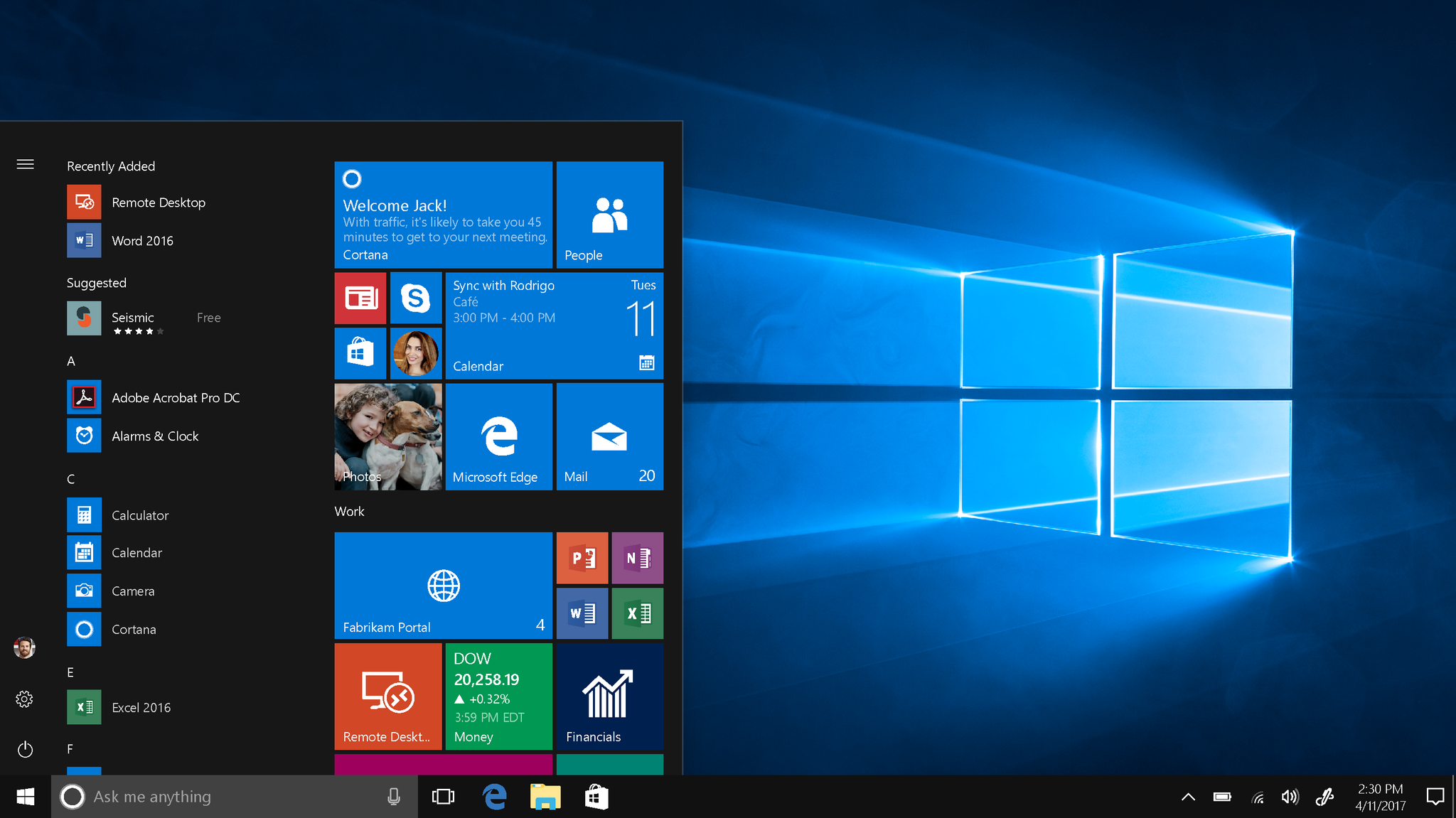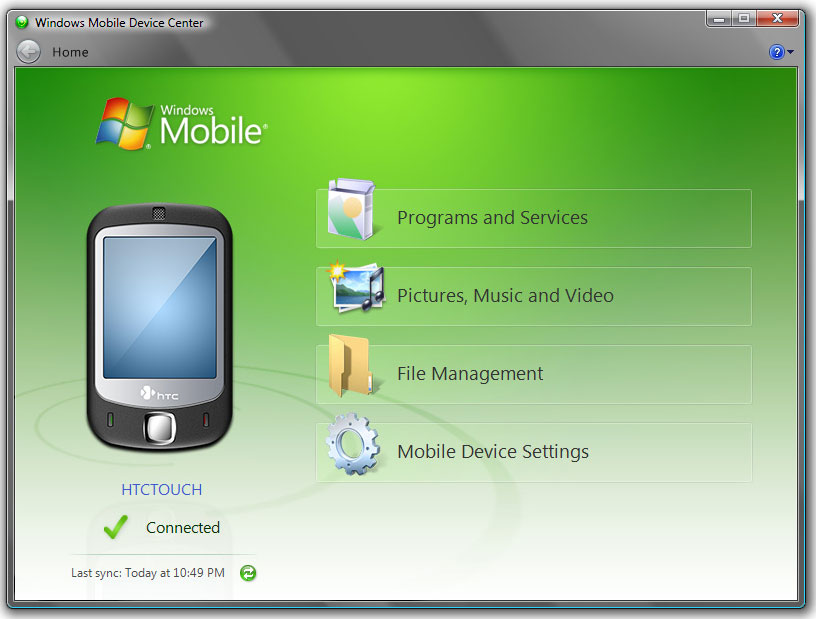


Works 2000 (Version 5.0) switched to a modular architecture which opens each document as a separate instance and uses the print engine from Internet Explorer. It also provided a mini version of Excel for DOS systems as a DOS version of that program was not available. This resulted in a small memory and disk footprint, which enabled it to run on slower computers with requirements as low as 6 MB of RAM and 12 MB free disk space. Through version 4.5a, Works used a monolithic program architecture whereby its word processor, spreadsheet and database documents ran in windows of the same program interface. The version numbering roughly followed that of Windows releases. Microsoft released Macintosh versions of Works starting with Works 2.0 in 1988. Subsequent releases were for Windows 95 and up and the final version was Works 9.x in 2007, requiring Windows XP or Vista, 256MB of memory, and a Pentium 4 CPU. Works 3.x in 1993 moved to requiring Windows 3.1, a 386 CPU, and 4MB of memory. System requirements consisted of Windows 3.0, a 286 CPU, and 1MB of memory. In 1991, Microsoft issued the first Windows version of Works, titled MS Works for Windows 2.0. Works 2.x, introduced in 1990, required 512k and 3.x, introduced in 1992, required 640k. The initial version 1.x of Works ran on any PC with at least 256k of memory.

On September 14, 1987, Microsoft unveiled Works for DOS. As laptops grew in power, Microsoft Works, as it was to be called, evolved as a popular product in its own right. Initially it was to be a scaled-down version of Office for the (then) small laptops such as the Radio Shack TRS-80 Model 100 which Microsoft was developing. Boyd, convinced Williams in 1986 to license the product to Microsoft instead. Bill Gates and his Head of Acquisitions, Alan M. Williams was planning to emulate the success of AppleWorks, a similar product for Apple II computers. Microsoft Works originated as MouseWorks, an integrated spreadsheet, word processor and database program, designed for the Macintosh by ex-Apple employee Don Williams and Rupert Lissner. 3 File format compatibility and other issues.


 0 kommentar(er)
0 kommentar(er)
